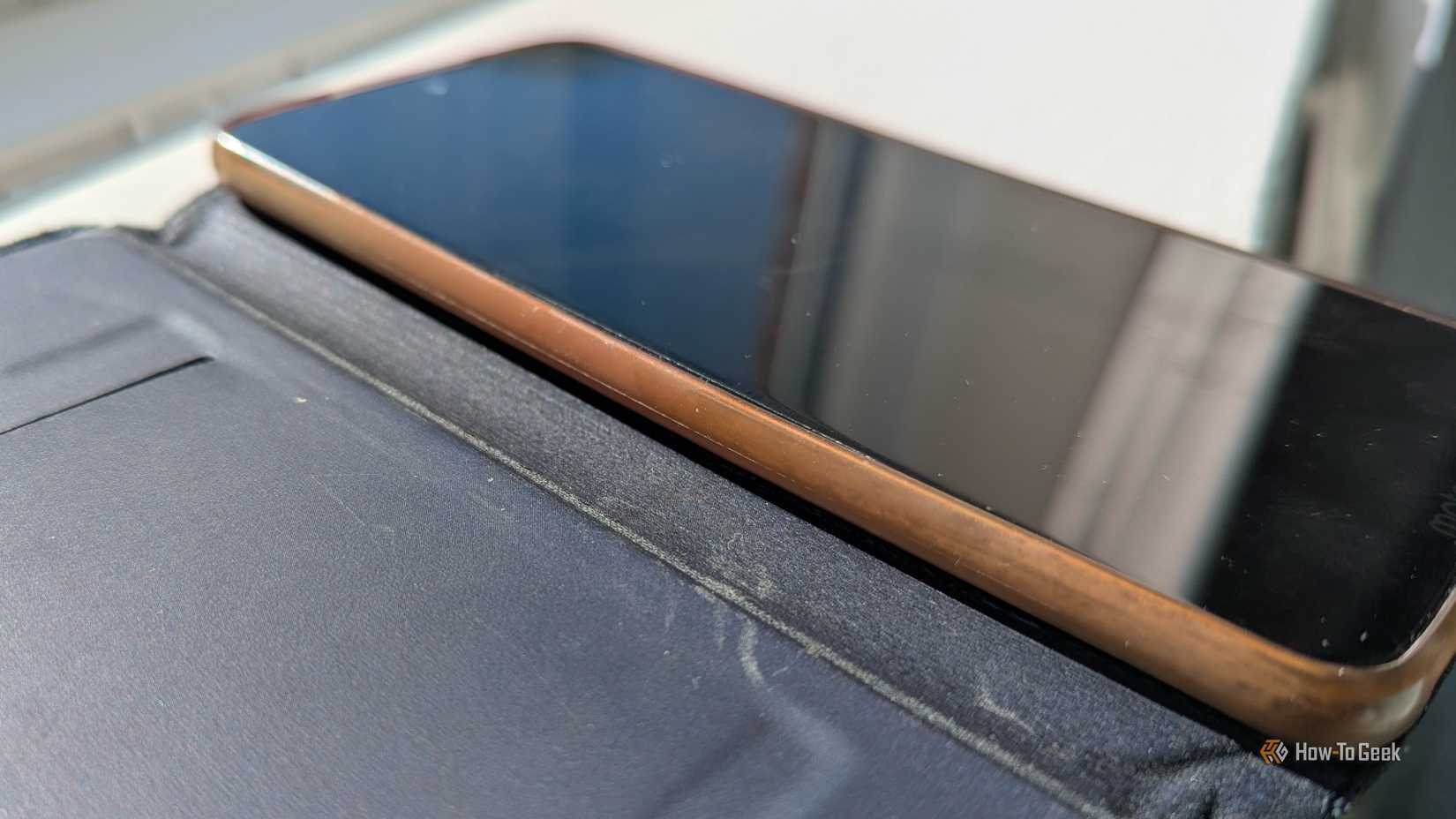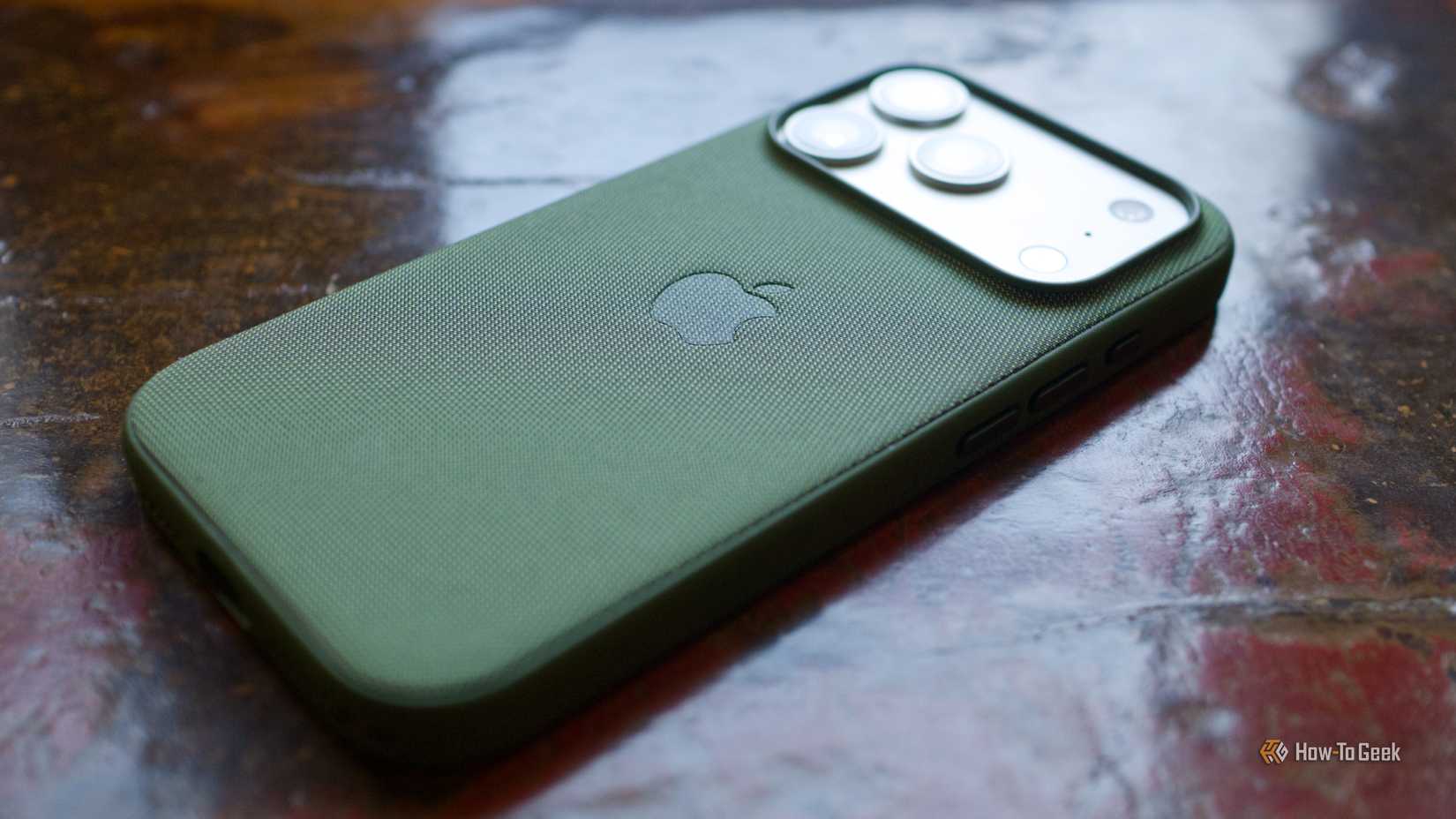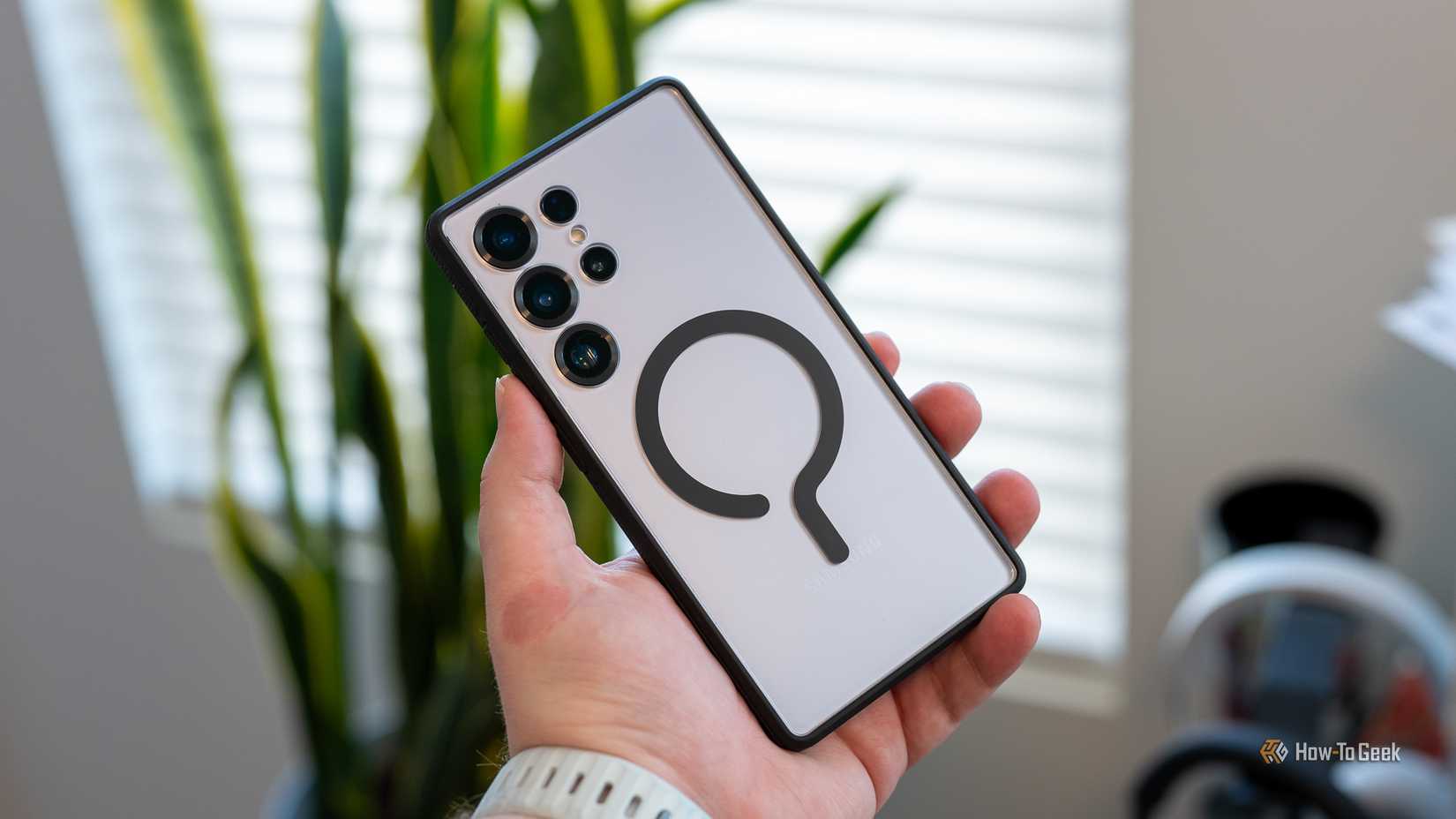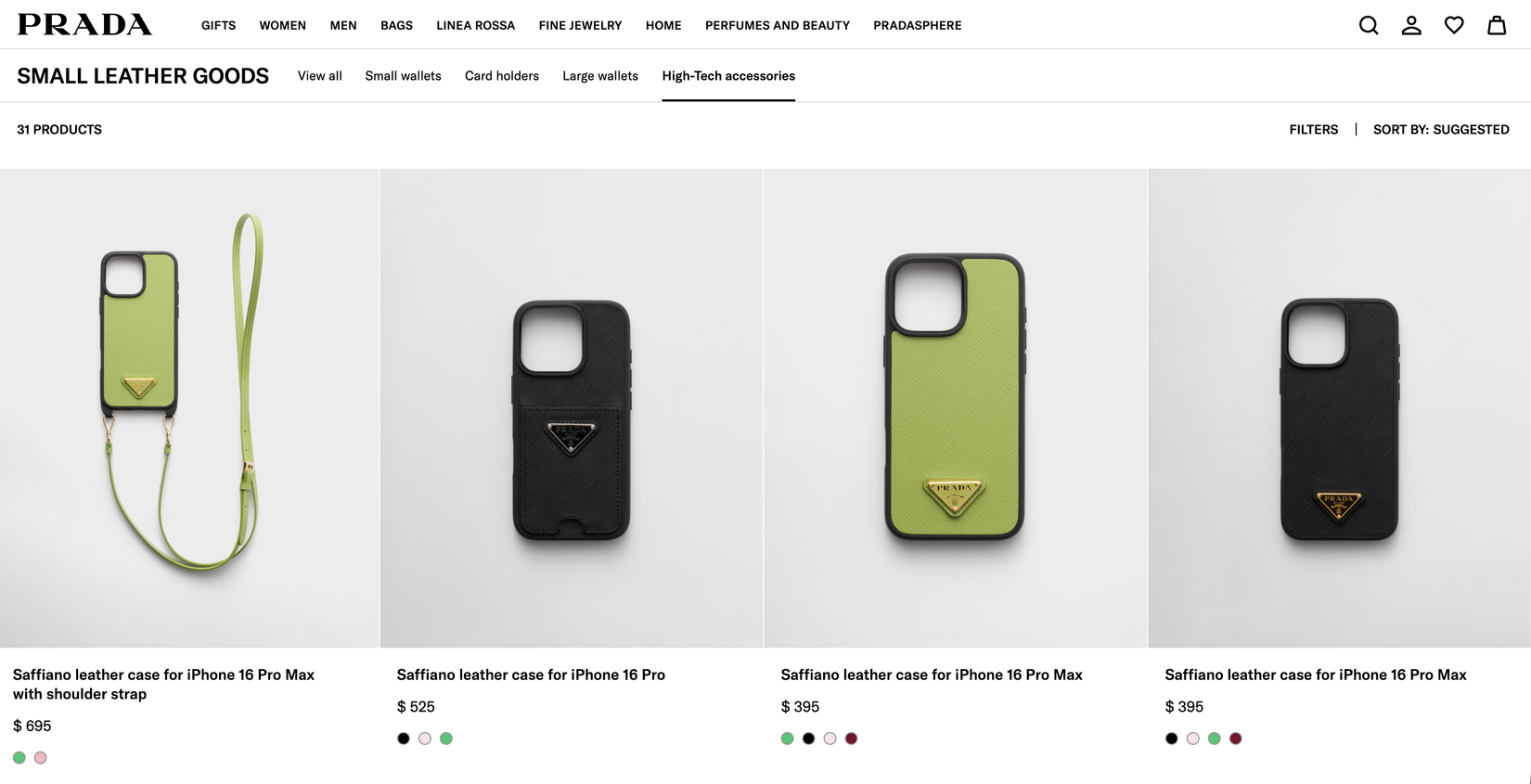Most of us use cases on our phones, yet it’s strange how often we protect our $1000 investments with a $10 piece of plastic. Instead of buying the cheapest case you can find, it’s worth paying a little extra. It’ll look better, last longer, and give your phone a lot more protection.
Why Expensive Cases Are Worth It
The biggest reason to spend more on your phone case is for the superior materials that are used in its construction, which offer better protection and are more durable. It may cost more up front, but it could easily last as long as three cheap cases, so the price difference disappears in the long run.

I’ve bought cheap silicon cases before, and they always stretch out of shape and become unpleasantly discolored over time, to the point where they need to be replaced several times. More expensive alternatives will retain their form and remain vibrant for potentially years, and could last as long as the phone itself.
Tougher materials like polycarbonate or TPU, or a hybrid made from several materials, are less likely to break down, so they will provide proper protection for longer. The cheap rubber cover might protect your phone when it’s in your pocket, but how well will it hold up if you drop your phone on the floor?

The better materials bring style and aesthetic benefits, too. An expensive, clear silicon case won’t turn yellow over time. Similarly, leather develops a patina that can actually improve how it looks. The everyday scuffs and scratches give it a pleasing, rich appearance that’s even nicer than when it was new. Cheap faux leather has no such quality. It often cracks and peels and simply looks worn out.
Other materials like fabrics or even wood tend to age more gracefully as well.
And the fit and finish also tends to be better. The cheapest cases are often rough and ready and lack the precision and detail of the pricier models. Cutouts for buttons, ports, and camera bumps don’t always line up perfectly. If the buttons are covered, they might feel mushy rather than clicky and responsive.
There are the extras to consider. For a tough case, you don’t want vague marketing claims; you want a case that’s been tested to military-grade standards or has undergone independent drop-testing by third-party labs.
Others are MagSafe compatible and work seamlessly with wireless chargers and other magnetic accessories. Cheaper knock-offs might claim to offer this, but their performance—whether holding the accessories in place or being able to deliver the advertised charging speeds—is not always guaranteed.

Finally, many of the most expensive cases come with a warranty or replacement policy to give reassurance against problems. The much-advertised Mous cases, for instance, have warranties ranging from one year to 25 years, depending on the product. You might get a replacement if your cheap budget case breaks as well, of course, but that’s often because it’s cheaper and better for the seller to send another one than accept a bad review.
But a Bigger Price Doesn’t Always Mean Better
This is not to say that a higher price automatically means a better case. You’ll pay a premium for official first-party cases, for instance, and though you’ll rarely get outright bad ones, they often aren’t as good as the aftermarket options at similar price points. Cases from the likes of Apple and Samsung look good and fit perfectly, but you’re paying for the brand as much as anything.
Carrier-sold cases can also be a trap. Walk into any phone store, and you’ll see racks of cases with marked-up prices. They’re an easy add-on for someone buying a new phone, and might even be thrown in for free to add some perceived value to your purchase, but they’re often the same generic products you can find online for less.

And then there are the luxury brands from fashion houses and high-end department stores. They should look good and should include some quality materials (although by no means all), but again, you’re paying for the name. If you want something stylish, that’s fine, but don’t confuse “luxury” branding with real protection.
How to Spot a Case That’s Worth Paying For
You don’t need to spend $70 or more on a case to protect your phone. But, equally, getting the cheapest no-name case you can find off Amazon or eBay isn’t the right way to go either.
When looking for a new case, start with the materials. For protection, a mix of hard and soft layers is good. Avoid thin, flimsy materials or clear cases that don’t mention anti-yellowing treatments. A strong warranty can offer peace of mind, as a good manufacturer will want to stand behind its products. Look for relevant certification, too, like MIL-STD for toughness and MFi for MagSafe compatibility.
A few brands stand out. OtterBox is known for rugged, heavy protection. Spigen and Speck offer affordable cases that balance looks and toughness, and Nomad and Mous are good picks if you want style without sacrificing durability.
Alternatively, you could consider going caseless.






